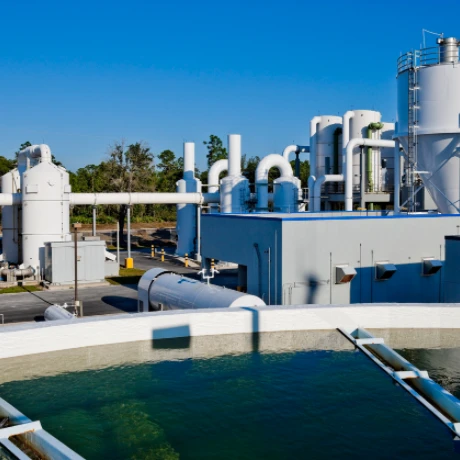



why is polyacrylamide used instead of agarose
Polyacrylamide and agarose are both popular mediums used in the field of molecular biology, particularly for the separation of biomolecules such as proteins and nucleic acids. However, polyacrylamide has gained preference in various applications over agarose, and there are several reasons for this choice.
One of the primary reasons polyacrylamide is favored over agarose is its versatility in gel formation. Polyacrylamide gels can be created with varying concentrations, allowing for the careful tuning of pore sizes to accommodate the separation of biomolecules of different sizes. This property is especially crucial when separating proteins, as the size exclusion characteristics of the gel can significantly influence the resolution and clarity of the results. In contrast, agarose gels generally have fixed pore sizes that can limit their effectiveness for certain applications.
Furthermore, polyacrylamide gels provide greater resolution for smaller molecules, particularly for proteins and nucleotides. When dealing with proteins, polyacrylamide electrophoresis (SDS-PAGE) allows for the analysis of proteins with minute differences in size, which is often critical in studies of protein isoforms, post-translational modifications, and interactions. Agarose, while effective for larger DNA fragments, does not offer the same level of resolution for smaller proteins. This makes polyacrylamide the method of choice for researchers investigating subtle variations in protein expression and structure.
Another significant advantage of polyacrylamide is its chemical stability. Polyacrylamide gels tend to be more stable under a variety of electrophoretic conditions compared to agarose. This stability allows for longer run times and better consistency in results, as polyacrylamide gels are less likely to distort or degrade during electrophoresis. In contrast, agarose gels can become softer or melt under extended running conditions or higher voltages, potentially affecting the separation quality.
why is polyacrylamide used instead of agarose

Additionally, polyacrylamide is more amenable to various modifications. Researchers can incorporate specific reagents or tags into the polyacrylamide matrix, allowing for targeted interactions or even the addition of fluorescent markers for visualization. This flexibility enhances the utility of polyacrylamide in diverse experimental setups.
Lastly, the ease of preparation and manipulation of polyacrylamide gels makes them more desirable in many labs. While the preparation of both types of gels requires care, polyacrylamide can be polymerized quickly and easily in a controlled manner, which is crucial for reproducible results in a fast-paced research environment.
In summary, polyacrylamide is often preferred over agarose due to its versatility in gel formation, higher resolution for smaller molecules, greater chemical stability, ability for modification, and ease of preparation. These factors combine to make polyacrylamide an invaluable tool in molecular biology research.
-
High-Purity Strontium Chloride (SrCl2) for Lab & IndustryNewsAug.31,2025
-
Anhydrous Formic Acid 80% 85% 94% - High Purity SolutionsNewsAug.30,2025
-
Accurate Fire Assay Flux for Gold & Silver Ore AnalysisNewsAug.29,2025
-
Advanced Paint Chem Solutions: Quality Chemicals for CoatingsNewsAug.28,2025
-
Potassium Nitrate: The Ultimate Fertilizer for Agriculture and GardeningNewsAug.25,2025
-
Potasium Persulphate: A Versatile Chemical for Industrial ApplicationsNewsAug.25,2025
-
Industrial Applications of Sodium HydroxideNewsAug.25,2025










